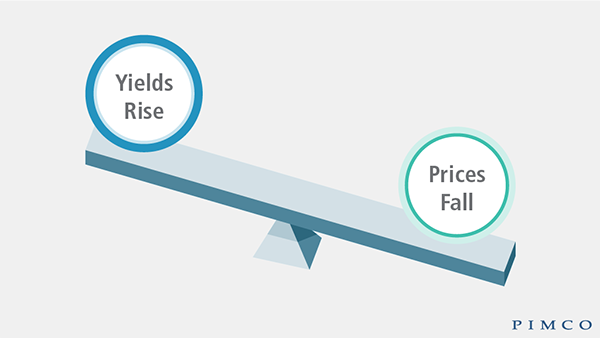An Exciting Time to Be a Lender? Exploring the Fixed Income Market in 2023

By Connie Christian, CFA
Manager, Fixed Income
November 16, 2023
Investing in fixed income assets like bonds is a very popular strategy that is often considered a relative safe haven for investors. But the market has been quite volatile in recent years, and this strategy looks a lot different today compared to the low interest rate environment seen just a few years ago. Many investors are understandably re-evaluating their approach to bonds right now, weighing both their risks and their historic opportunities.
With all this in mind, members of the Wespath team have developed a three-part series on bond investing to share their thoughts on fixed income opportunities and how Wespath approaches these types of investments.
At Wespath, we strive to make investing easy to understand for a wide array of participants and institutional investors. In this blog post, we’ll try to do that by highlighting one crucial area of the investing world: fixed income investments. I’ll share a little bit about the factors that have influenced fixed income markets in recent years, explain some key concepts about investing in things like bonds, and then spell out why this may be an exciting time for investing in fixed income.
Volatility and Opportunity
Bond yields had been steadily declining for much of the past 20 years. That was until 2022. In an environment of relatively low interest rates, the bond market offered relatively low coupon payments compared to long-term averages. Then, in 2021, fueled by COVID-era stimulus and economic reopening, inflation moved sharply higher, forcing the U.S. Federal Reserve (Fed) to act. The Fed has raised the Federal Funds Rate—a benchmark rate which influences market-wide borrowing costs—significantly over the past two years, and rates on all sorts of fixed income investments have followed suit. This sharp uptick has caused both volatility and renewed opportunity in bond markets.
On one hand, higher rates have put pressure on bond prices. Remember, bond rates and prices have an inverse relationship; as rates move higher, bond prices decline. Consider if you purchased a bond with a face value of $1,000 and a coupon rate of 5%. If interest rates move higher and similar bonds are issued at 7%, the market would demand a lower price for your original bond. This is what occurred in 2022. Interest rates moved higher quickly, and the Bloomberg U.S. Aggregate Bond Index, which measures the price of a broad range of bonds, posted its worst performance since it began recording returns in 1976. This sharp decline coincided with a decline in the stock market, raising questions about the ability of bonds to act as a “safety net” for a diversified portfolio.
 Source: PIMCO
Source: PIMCO
Still, alongside this volatility comes reasons to be optimistic about fixed income. For example, while inflation is always painful, recent bouts of high inflation have provided the Federal Reserve and other central banks a reason to raise rates to a more “normal” level. With inflation levels now tempering, bond investors should benefit from higher interest rates, particularly if economic conditions hold up and the market avoids high levels of defaults.
Higher Yields: A Closer Look
Higher interest rates have made fixed income investments increasingly attractive, offering yields not seen for more than a decade. For a point of reference, prior to this year, the last time a 10-year U.S. Treasury Bond yielded more than 3.5% was in 2011. Right now, it is yielding around 4.6%.
The Wespath Fixed Income Fund – I Series (for institutional investors) is another good example. The fund had a yield of 6.3% at of the end of September. This compares favorably to 4.0% as of March 31, 2022 (just one and a half years ago) and 3.5% as of June 30, 2019 (a little over four years ago).
A Place for Fixed Income Today
I continue to think bonds play an important role in a well-diversified investment portfolio, and today’s higher yields only make them more compelling. Yes, last year’s simultaneous decline in bonds and stocks is an interesting anomaly, but historically, holding both stocks and bond investments at the same time has created enhanced risk-return profiles for investors.
The two asset classes fit well together as stocks tend to be more volatile in the short run but can offer better long-term returns, while bonds tend to be less volatile and offer a steady stream of coupon payments over the life of the bond. This steady stream of income is an important component of stability and can help smooth out periods of higher-than-expected market volatility. This is particularly compelling as higher interest rates have led to yields not seen for more than a decade. With these types of yield out there and inflation levels cooling, bond investors should be in a strong position.